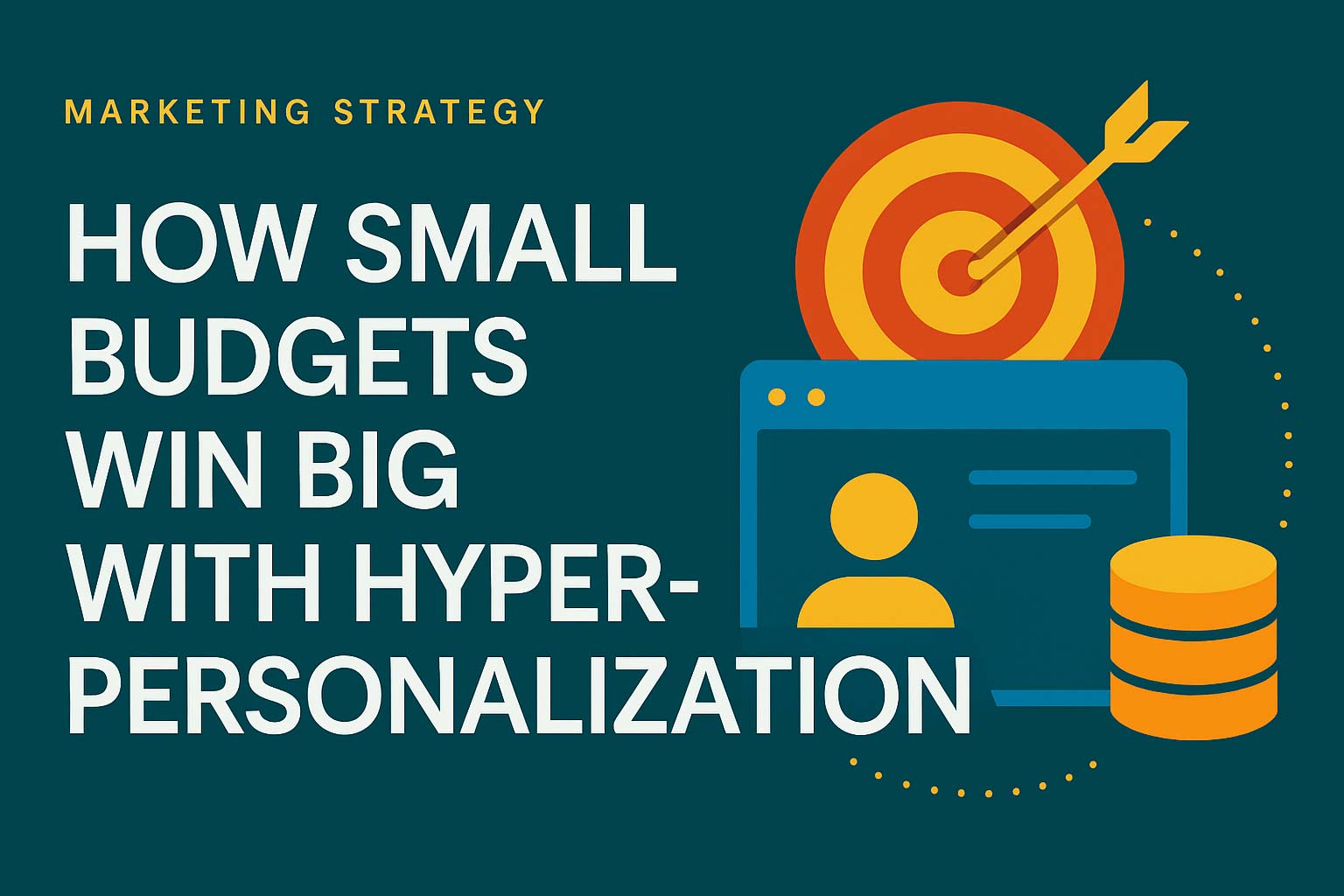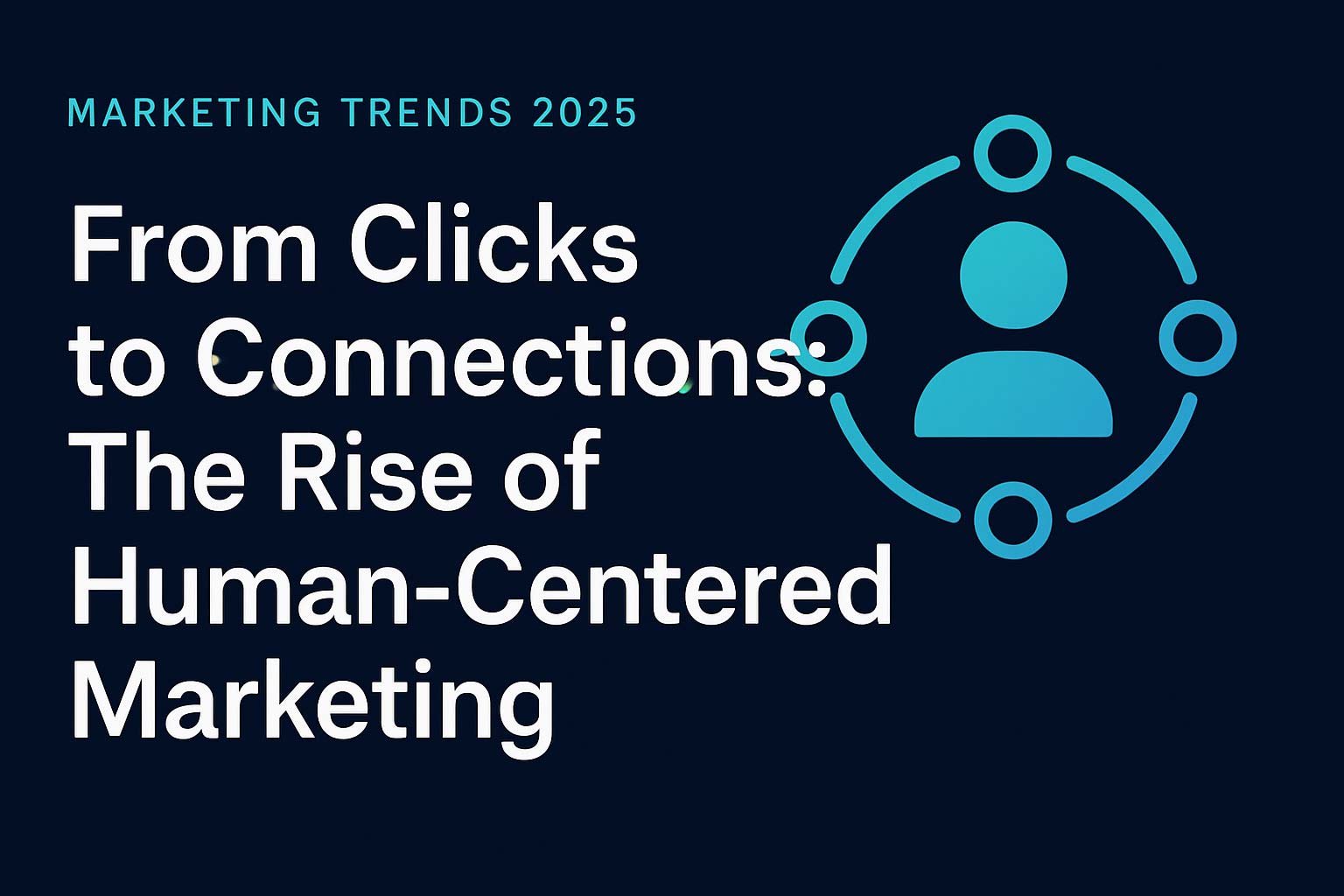How to Build Authentic Connections in an Automated World
The artificial intelligence revolution isn’t just transforming how businesses operate—it’s fundamentally reshaping the rules of branding. As AI becomes increasingly sophisticated at generating content, analyzing consumer behavior, and even creating brand experiences, companies must navigate a complex new landscape where authenticity, human connection, and strategic differentiation matter more than ever.
Understanding the AI-Driven Brand Paradigm Shift
The traditional branding playbook, built on mass messaging and broad demographic targeting, is becoming obsolete. AI has ushered in an era of hyper-personalization where consumers expect brands to understand their individual needs, preferences, and contexts in real-time. This shift demands a complete rethinking of how brands connect with their audiences.
Modern consumers interact with AI-powered systems daily, from personalized product recommendations to chatbot customer service. They’ve become accustomed to intelligent, responsive experiences that adapt to their behavior. Brands that fail to meet these elevated expectations risk being perceived as outdated and irrelevant.
Rule #1: Embrace Hyper-Personalization at Scale
AI enables brands to move beyond traditional segmentation to true one-to-one marketing. Machine learning algorithms can analyze vast amounts of customer data to create personalized experiences for millions of users simultaneously. This represents a fundamental shift from broadcasting the same message to everyone toward crafting unique narratives for each individual.
Successful AI-era brands leverage predictive analytics to anticipate customer needs before they’re explicitly expressed. They use natural language processing to understand sentiment and context in customer communications, allowing for more nuanced and appropriate responses. Dynamic content optimization ensures that every touchpoint delivers maximum relevance and value.
The key is implementing personalization that feels helpful rather than invasive. Consumers are willing to share data when they receive clear value in return, but they’re increasingly sensitive to privacy concerns. Transparent data practices and genuine value exchange become crucial brand differentiators.
Rule #2: Maintain Human Authenticity in an Automated World
As AI becomes more prevalent in customer interactions, the human element becomes more precious. Brands must strike a delicate balance between leveraging AI efficiency and preserving authentic human connection. This doesn’t mean avoiding automation, but rather being intentional about where and how human touchpoints are integrated into the customer journey.
Authenticity in the AI era means being transparent about when customers are interacting with AI systems versus human representatives. It means training AI to reflect genuine brand values and personality rather than generic corporate speak. Most importantly, it means reserving human interaction for moments that matter most—complex problem-solving, emotional support, and relationship building.
Brands that succeed in this balance often develop distinct AI personalities that align with their brand identity while clearly differentiating automated interactions from human ones. This transparency builds trust and sets appropriate expectations for each type of interaction.
Rule #3: Prioritize Ethical AI and Responsible Innovation
Consumer awareness of AI bias, privacy concerns, and ethical implications is rapidly increasing. Brands that want to build long-term trust must proactively address these concerns through responsible AI practices. This includes implementing bias detection and mitigation systems, ensuring diverse training data, and regularly auditing AI systems for fairness.
Ethical AI branding extends beyond technical implementation to communication strategy. Brands should clearly explain how they use AI, what data they collect, and how they protect customer privacy. This transparency positions them as trustworthy partners rather than opaque entities exploiting customer information.
Companies that lead in ethical AI often find it becomes a significant competitive advantage. Consumers increasingly choose brands that align with their values, and responsible AI practices resonate strongly with ethically-conscious customers across all demographics.
Rule #4: Create AI-Enhanced, Not AI-Replaced Experiences
The most successful AI-era brands use artificial intelligence to enhance human capabilities rather than replace human experiences entirely. This might mean using AI to help customer service representatives access relevant information faster, or leveraging machine learning to help designers create more effective visual content.
AI should amplify human creativity and insight, not substitute for it. Brands that understand this distinction create experiences that feel both technologically advanced and genuinely human. They use AI to handle routine tasks and data analysis, freeing humans to focus on strategy, creativity, and complex relationship management.
This approach also extends to customer-facing experiences. Rather than fully automated interactions, consider AI-assisted human interactions where technology provides real-time insights and suggestions that help human representatives deliver superior service.
Rule #5: Build Adaptive Brand Strategies
Traditional brand strategies operated on annual planning cycles with quarterly adjustments. AI-era branding requires continuous adaptation based on real-time data and rapidly changing market conditions. Machine learning systems can identify emerging trends, sentiment shifts, and competitive movements much faster than traditional market research methods.
Successful brands develop dynamic brand strategies that can pivot quickly while maintaining core identity and values. They use AI-powered analytics to test and optimize brand messaging, visual elements, and campaign strategies in real-time. This agility allows them to stay relevant in fast-moving markets while building consistent brand recognition.
The key is establishing clear brand principles that remain constant while allowing tactical execution to adapt based on AI insights. This provides stability for customers while enabling responsiveness to market opportunities.
Rule #6: Leverage AI for Creative Innovation
AI tools are revolutionizing creative processes, from generating initial design concepts to optimizing copy variations. Forward-thinking brands use these tools not to replace human creativity, but to accelerate ideation and expand creative possibilities. AI can quickly generate multiple variations of visual or written content, allowing human creatives to focus on strategic direction and refinement.
This shift requires new creative processes and team structures. The most effective creative teams combine human strategic thinking and emotional intelligence with AI’s ability to rapidly generate and test multiple approaches. This collaboration often produces more innovative and effective creative solutions than either human or AI capabilities alone.
Brands should also consider how AI-generated content fits into their authenticity strategy. While AI can create compelling content, it’s important to maintain human oversight and ensure all output aligns with brand values and quality standards.
Rule #7: Develop AI-Literacy Across the Organization
Successful AI-era branding requires AI literacy throughout the organization, not just in technical teams. Marketing professionals need to understand AI capabilities and limitations to make informed strategic decisions. Customer service teams need to work effectively with AI-powered tools. Leadership needs to understand AI implications for brand strategy and resource allocation.
This doesn’t mean everyone needs to become a data scientist, but basic AI literacy helps teams make better decisions about when and how to implement AI solutions. It also helps organizations avoid common pitfalls like over-relying on AI for tasks that require human judgment or under-utilizing AI for routine optimization tasks.
Regular training and education programs help maintain AI literacy as technology continues to evolve. Organizations should also foster a culture of experimentation where teams feel comfortable testing new AI tools and approaches.
Measuring Success in AI-Era Branding
Traditional brand metrics like awareness and recall remain important, but AI-era branding requires additional measurement approaches. Real-time sentiment analysis, engagement quality metrics, and personalization effectiveness become crucial indicators of brand health.
AI-powered analytics can provide much more granular and timely insights into brand performance. Rather than quarterly brand studies, continuous monitoring allows for immediate course correction and optimization. Predictive analytics can also forecast brand performance and identify potential issues before they impact customer relationships.
The key is developing measurement frameworks that balance quantitative AI-driven insights with qualitative human understanding of brand perception and emotional connection.
Preparing for the Future of AI Branding
The AI revolution in branding is still in its early stages. As technology continues to advance, brands must remain agile and forward-thinking. This means staying informed about emerging AI capabilities, maintaining experimental approaches to new tools and techniques, and continuously evaluating the balance between automation and human connection.
Successful brands will likely be those that view AI as a powerful tool for enhancing human creativity and connection rather than replacing it. They’ll use technology to deliver more relevant, timely, and valuable experiences while maintaining the authenticity and emotional resonance that drives long-term brand loyalty.
The future belongs to brands that can seamlessly blend technological sophistication with human understanding, creating experiences that feel both cutting-edge and genuinely personal. By following these new rules of AI-era branding, companies can build stronger, more resilient relationships with their customers while leveraging the full potential of artificial intelligence.
Conclusion
The AI era presents both unprecedented opportunities and significant challenges for brand builders. Success requires embracing new technologies while maintaining focus on fundamental human needs for connection, trust, and value. Brands that master this balance will not only survive the AI transformation but emerge stronger and more connected to their customers than ever before.
The rules of branding are changing, but the ultimate goal remains the same: creating meaningful relationships that drive mutual value for brands and customers. AI simply provides new tools for achieving this timeless objective more effectively and efficiently than ever before.



